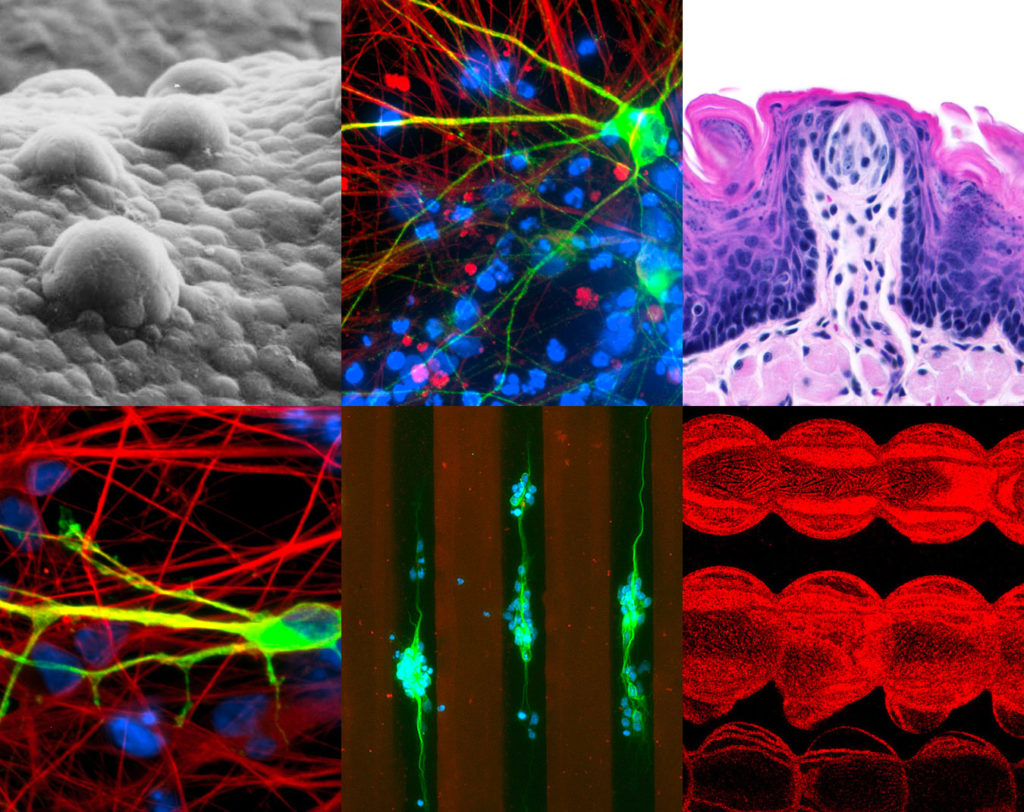Stem Cell FAQs
By directing stem cells to differentiate into specialized cell types, the potential exists for a renewable source of replacement cells. These cells could potentially serve as a cure for the diseases that impact those we love.
See answers to the most commonly asked questions about stem cells below.

What is a stem cell?
Stem cells are a class of undifferentiated cells that are able to differentiate into specialized cell types. Simply put, Stem cells are remarkable cells that can develop into any type of cell. A stem cell is essentially a “blank” cell, capable of becoming another more differentiated cell type in the body, such as a skin cell, a muscle cell, or a nerve cell. There are three classes of stem cells: totipotent, multipotent, and pluripotent.
How does stem cell regenerative medicine work?
Stem cell therapy, also known as regenerative medicine, promotes the reparative response of diseased, dysfunctional or injured tissue using stem cells or their derivatives. It is the next chapter of organ transplantation and uses cells instead of donor organs, which are limited in supply. Researchers grow stem cells in a lab. These stem cells are manipulated to specialize into specific types of cells, such as heart muscle cells, blood cells or nerve cells. The specialized cells can then be implanted into a person. For example, if the person has heart disease, the cells could be injected into the heart muscle. The healthy transplanted heart cells could then contribute to repairing defective heart muscle. Researchers have already shown that adult bone marrow cells guided to become heart-like cells can repair heart tissue in people, and more research is ongoing.
Where do stem cells come from?
A common misconception is that the cells can come from aborted fetuses, which is in fact not possible. As a matter of fact, despite the amount of public attention they get, embryonic stem cells are among the smallest group of stem cells currently being researched. In the past few years a number of techniques for the derivation of pluripotent cells without the destruction of embryos have begun to emerge, and one in particular has made great strides: the development of so-called induced pluripotent stem (iPS) cells. These cells, first described in humans in November 2007, are produced by inserting certain stem-cell-associated genes into regular adult cells (like skin cells). The process transforms the adult cells into pluripotent stem cells, which seem to share the key characteristics of embryonic stem cells but do not require the creation, use, or destruction of a human embryo. So where do the rest of these stem cells come from? Stem cells can be found from a variety of sources including: bone marrow, placenta and cord tissue, amniotic fluid, teeth, umbilical cord blood. Adult stem cells have been found in the brain, bone marrow, blood vessels, skeletal muscle, skin, teeth, heart, gut, liver, and other organs and tissues.
What does the public think about stem cell research?
A telephone survey was carried out annually from 2002 to 2010 (except 2009) by the Virginia Commonwealth University (VCU). Roughly 1,000 US citizens (1,000-1,005) were polled on their opinion and support of stem cell research. An analysis of this data identified: An increase in support for embryonic stem cell research from 40% (2002) to 65% (2010).
